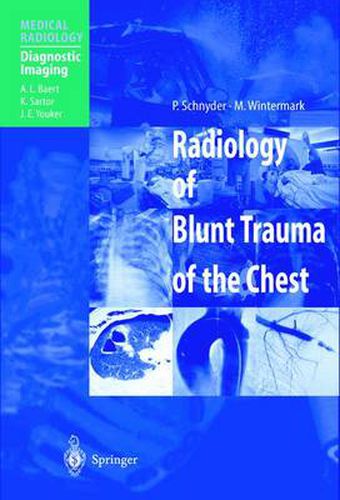Readings Newsletter
Become a Readings Member to make your shopping experience even easier.
Sign in or sign up for free!
You’re not far away from qualifying for FREE standard shipping within Australia
You’ve qualified for FREE standard shipping within Australia
The cart is loading…






This volume exhaustively reviews all aspects of the radiology of blunt chest trauma, as well as the epidemiology, etiology, pathophysiology, clinical features, and pathology of such trauma. The interest of the book lies above all in the richness of its illustrations, resulting from an image data file spanning more than 10 years. Most radiological patterns described in the literature as well as some new ones are comprehensively discussed and displayed. Moreover, findings of conventional radiology, CT, and sometimes ultrasonography and angiography are displayed simultaneously, allowing comparison between the different imaging modalities. An introductory chapter describes the prevalence, risk factors, and biomechanics of blunt chest trauma. Blunt traumas of each anatomical compartment are then systematically reviewed according to a constant, concise, and structured approach. The book should be a valuable tool both for radiologists and for intensivists and other physicians involved in trauma care.
$9.00 standard shipping within Australia
FREE standard shipping within Australia for orders over $100.00
Express & International shipping calculated at checkout
This volume exhaustively reviews all aspects of the radiology of blunt chest trauma, as well as the epidemiology, etiology, pathophysiology, clinical features, and pathology of such trauma. The interest of the book lies above all in the richness of its illustrations, resulting from an image data file spanning more than 10 years. Most radiological patterns described in the literature as well as some new ones are comprehensively discussed and displayed. Moreover, findings of conventional radiology, CT, and sometimes ultrasonography and angiography are displayed simultaneously, allowing comparison between the different imaging modalities. An introductory chapter describes the prevalence, risk factors, and biomechanics of blunt chest trauma. Blunt traumas of each anatomical compartment are then systematically reviewed according to a constant, concise, and structured approach. The book should be a valuable tool both for radiologists and for intensivists and other physicians involved in trauma care.